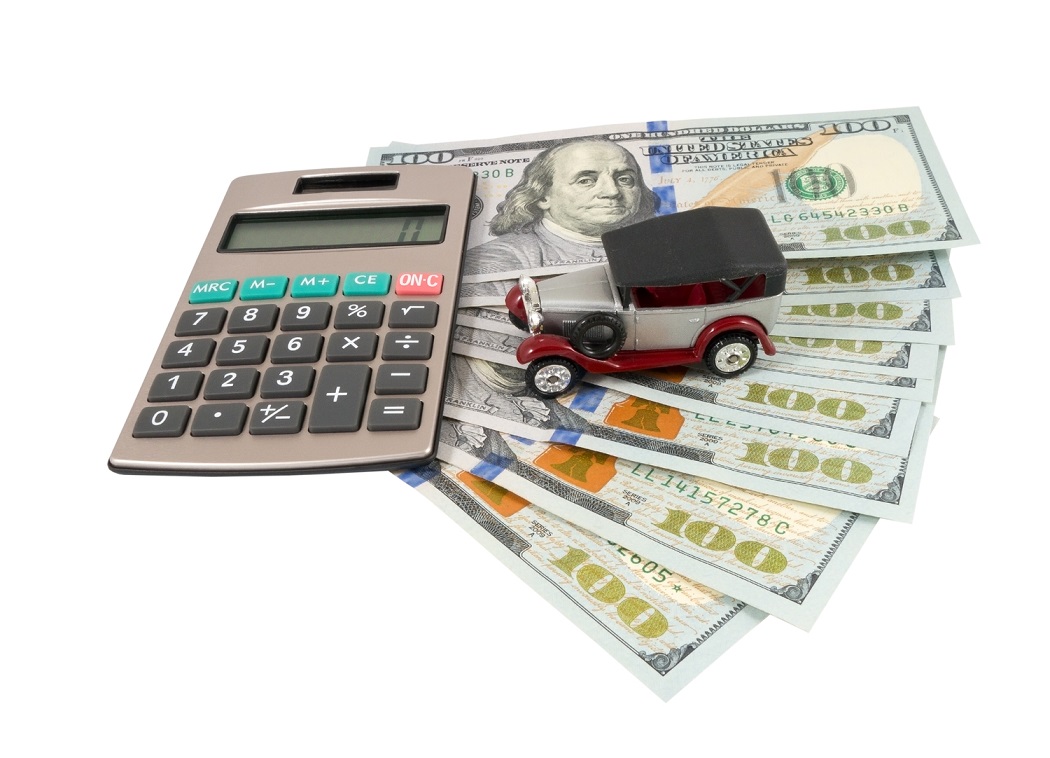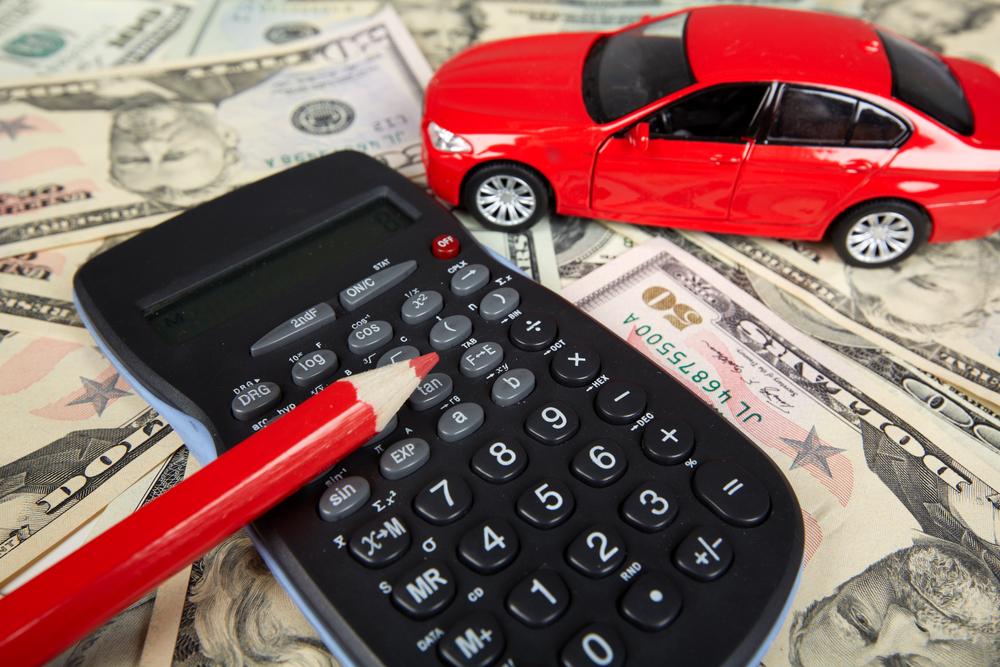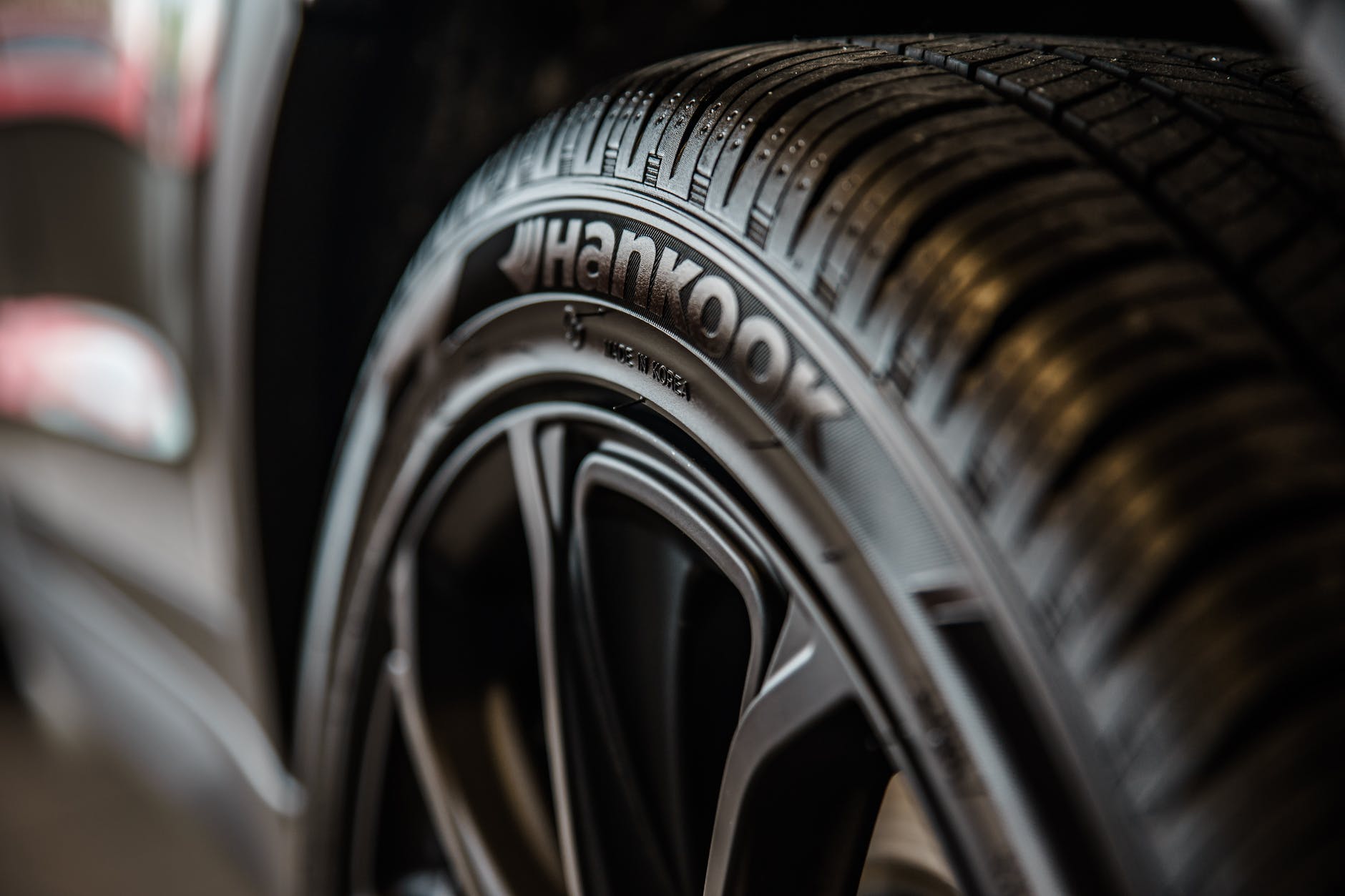
Here’s how To Check and Fill Your Tires Correctly
Tires aren’t glamorous. They don’t get a lot of attention except when they start misbehaving, and you realize that the cost associated with replacing them isn’t exactly low. What you should remember is that your cars’ tires are the only things connecting your car to the road and, equally importantly, keeping your vehicle on the road. Filling them properly will ensure a safer and more economical driving experience. Your car will also handle better and ride more comfortably.
How Much Pressure?
First, you need to know the right amount of pressure you can fill in your car tires. This information is usually found on a sticker placed on the door frame of the car. Here, you’ll find the recommended tire pressure for optimal functioning. This information is also found in your car owner’s manual.
If you know how to read the information on your tire’s sidewall, then you’ll find a number that indicates the tire pressure here too. But this number is not the recommended tire pressure, but the maximum pressure the tire can handle. Do not fill it up to this number.
Check and Fill
The right time to check your tire pressure is when your tires are cold. This doesn’t mean that you need to wait for winter. It just means that you should check tire pressure as soon as you can after setting off in your car. This gives the air in the tire, less time to heat up, expand and increase pressure. If you drive long distances, you may notice that the tire seems more inflated than it did when you set off. This is because heat has caused the air to expand, and the pressure has increased. There’s no need to let the air out if this happens, as after the tire cools, the air inside will contract, and the pressure will return to normal.
Best Practices
- Park in the shade and on a level surface before checking tire pressure
- Remove the dust caps from the tire valves
- Firmly press the tip of the pressure gauge on the tire valve for a moment
- The gauge should show a pressure reading; if the number is too low or too high, then it’s likely that the gauge was not appropriately applied and needs to be reapplied on the valve.
- If the indicated pressure is higher than normal, then air needs to be let out till it reaches the recommended amount
- If the indicated pressure is lower than normal, then air will need to be filled with a compressor until it reaches the recommended amount
- Check the pressure a few times after letting air out or filling up to ensure that the pressure is just right
- Replace the dust caps on the valves
- The dust caps help keep water and dust out of the valve stems and save any cleaning effort required while filling up
- When you check your car tires, make sure you check the spare tire as well














